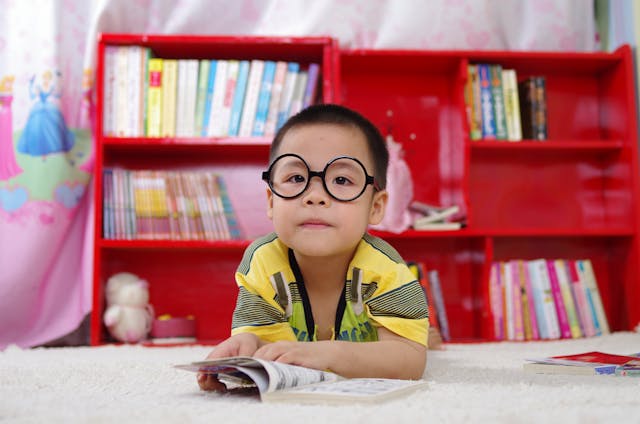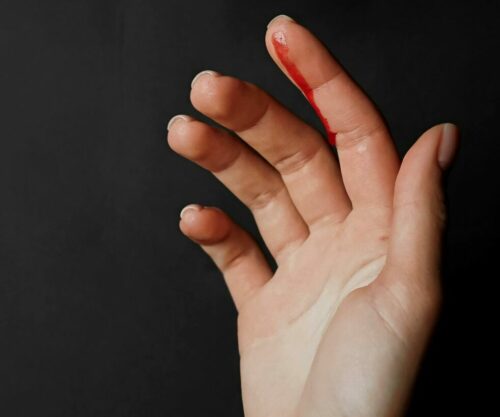
Myopia – the medical term for “short-sightedness” or “near-sightedness”– globally affects 22.9% of the world’s population and is projected to rise to 49.8% by 2050.
Myopia is a refractive error preventing the eye from focusing on images, resulting in blurred vision. It is one of the most common refractive vision errors and one of the leading causes of poor vision, notably among school-aged children and young adults.
During Myopia Awareness Week from 13 to 19 May 2024, Dr Ed Anderson, a specialist Ophthalmologist and President of the South African Cataract and Refractive Surgery Society (SASCRS) emphasises that the dramatic increase in myopia cases is due to changes in lifestyles, including spending less time outdoors and increased usage of screens and devices.
“We believe that the extent of identification and management of myopia in children in South Africa is much lower than it should be,” continues Dr Anderson. “Few studies have examined how many preschool and school children suffer from the condition, but it is important for both parents and schools to look out for the signs and symptoms and to seek assistance for their children.”
Myopia manifests as clear vision for nearby objects but blurry vision for distant ones. Its primary cause often lies in elongated eyeballs, leading light to focus improperly on the retina (the back of the eye).
“Once diagnosed, several options exist to correct vision impairment and ensure optimal sight,” says Dr. Anderson. “While the exact cause of myopia is unknown, there is significant evidence that many people inherit myopia, or at least the tendency to develop myopia. If one or both parents are nearsighted, there is an increased chance their children will be nearsighted.”
Dr Anderson warns that individuals who spend considerable time reading, working at a computer, playing video games or doing other intense close visual work may be more likely to develop myopia.
He says often, myopia presents during childhood and may worsen up to the age of about 20. Myopia may also develop in adults due to health conditions such as diabetes.
Testing for myopia is required to measure how the eyes focus light and determine the power of optical lenses needed to correct the myopia.
“An optometrist or ophthalmologist will be able to test your eyes to identify the underlying problem”, says Dr Anderson, “We would highly recommend that any child that identifies as having difficulty seeing the board at school, or watching television, see a professional as soon as possible”.
Dr Anderson says poor sight significantly impacts learning as children may struggle to read notes, the teacher’s writings on black or whiteboards, or clearly see any visual presentations in the classroom.
Parents and teachers should be vigilant for signs of near-sightedness which include:
- Holding books close to the face to read
- Fear or hesitancy to participate in sports
- Sitting very close to the TV
- Rubbing the eyes
- Squinting or straining to read the board or presentations at school
Once diagnosed, there are two main options to regain clear distance vision:
- Spectacles – For most people with myopia, spectacles are a successful first choice for correction.
- Contact lenses – Depending on age contact lenses may be more suitable to some individuals.
Other options for adults include:
- Laser surgery – Laser procedures such as LASIK are commonly used for correcting myopia. In this procedure, a laser beam is used to reshape the cornea (front of the eye) and provide a permanent solution for myopia.
- Implantable lenses – In this procedure a thin, flexible lens is implanted into the eye. This is mainly used for people who are extremely short-sighted or whose corneas are too thin for laser procedures.
The two main strategies used to prevent myopia, or at least slow the progression of myopia once it has been identified include:
· Encouraging outdoor activities and reducing near-work and screen time
· Low-dose Atropine eye drops used daily at bedtime
Additional methods are:
- Special contact lenses or glasses that “defocus” or blur part of the side vision. This has also been shown to slow eye growth and limit myopia.
- Orthokeratology. The child wears a special hard contact lens while sleeping which is removed in the morning. This changes the shape of the cornea and can improve vision and slow the progression of myopia. However, it needs to be carefully supervised.




